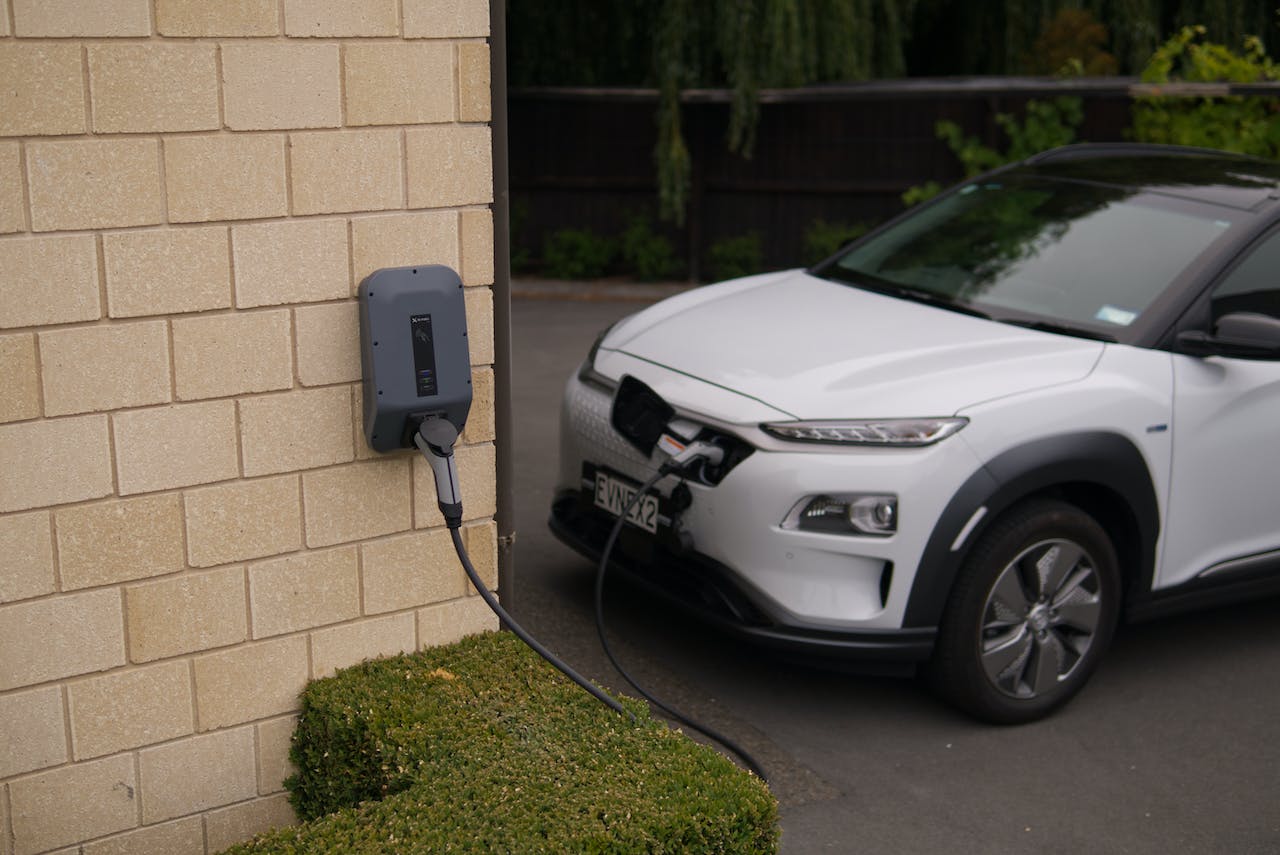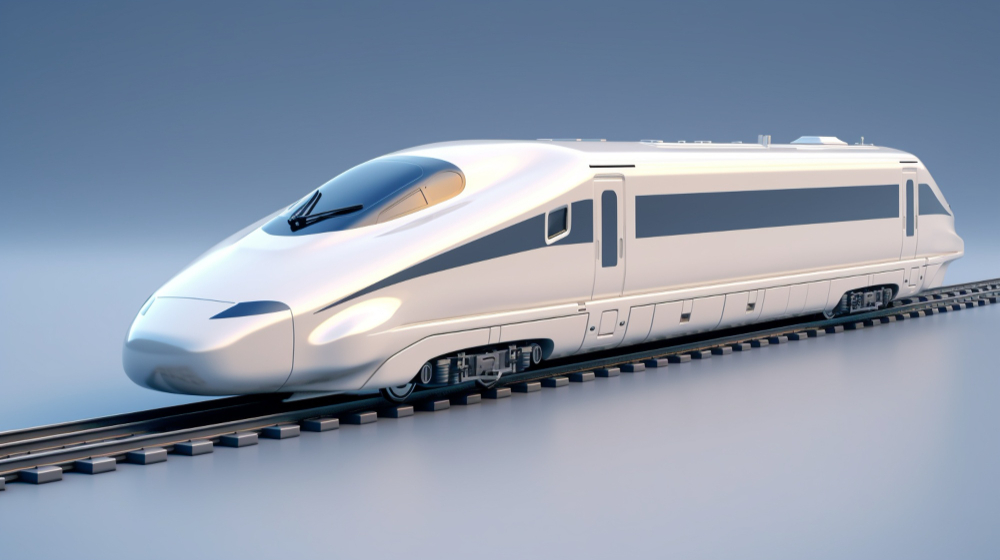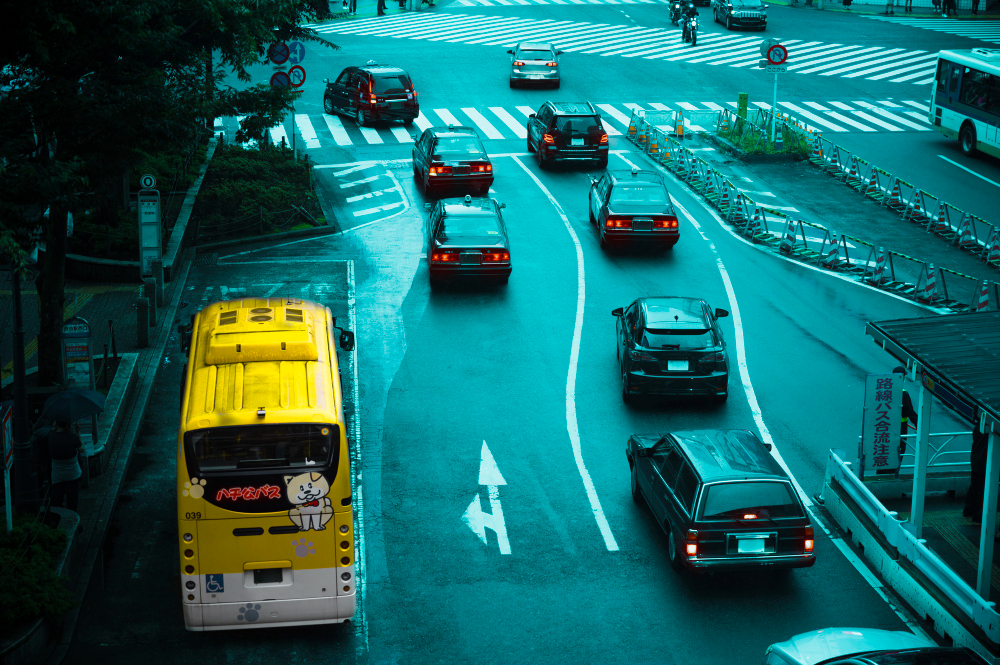In the heart of human progress lies the perpetual drive to innovate, especially in the realm of transportation. The movement of goods, services, and people has always been integral to civilization’s expansion. As we venture into the future, the transport ecosystem is bound to experience tectonic shifts, heavily influenced by technological breakthroughs, environmental concerns, and changing human needs.
Decarbonizing Transportation
The clarion call for a sustainable future is unambiguous. With transportation accounting for nearly a quarter of global carbon dioxide emissions, there’s an increasing emphasis on developing green solutions. Electric vehicles (EVs) are now beyond their infancy, with many automotive giants pledging a transition to electric fleets in the coming decades. Beyond electric cars, electric buses, trains, and even preliminary concepts for electric planes represent a significant move towards decarbonizing transport.

Additionally, although in nascent stages, hydrogen fuel cells offer a promising avenue, especially for heavy-duty vehicles where battery weight could be a limiting factor. The push towards green fuels and renewables will reshape refueling stations, with conventional gas stations making way for EV charging ports and hydrogen refuelingcenters.
Automation and Connectivity
Autonomous vehicles (AVs) are no longer the stuff of science fiction. Progress in machine learning, sensor technology, and connectivity is making the dream of self-driving vehicles a tangible reality. AVs promise reduced traffic congestion, fewer road accidents, and optimized fuel efficiency. A future where most vehicles on the road are autonomous will demand sophisticated vehicle AI and smart roads and infrastructure to communicate with these vehicles in real-time.
Connected vehicles, even those not fully autonomous, will be able to share data about traffic conditions, weather, and potential hazards, enhancing safety and efficiency on roads. In this interconnected matrix, cybersecurity will be paramount to protect the integrity and privacy of transport systems.
Mobility-as-a-Service (MaaS)
The future transport ecosystem will also redefine ownership models. With the rise of ride-sharing platforms, there’s a growing inclination towards shared mobility. MaaS integrates various transport services – buses, trains, car rentals, or e-scooters – into a single accessible platform, allowing users to plan and pay for their trips seamlessly. This could render the idea of personal car ownership obsolete for many as efficient, tailored transport solutions become readily available on demand.
Revolutionizing Mass Transit
Hyperloop, a concept popularized by Elon Musk, envisions capsules transporting passengers and cargo at speeds exceeding 600 mph through low-pressure tubes. If realized, this could significantly cut down inter-city travel times. Moreover, maglev (magnetic levitation) trains, already operational in countries like Japan and China, offer speeds that conventional rail systems can’t match.

While these options cater to longer distances, urban transit will see innovations like aerial taxis. Drone technology and advances in battery energy density could provide quick aerial commutes, bypassing dense city traffic.
Human-Powered and Micro-Mobility Solutions
The future will likely see an increase in human-powered and micro-mobility solutions for short distances. Bicycles, e-scooters, and walkways will play a significant role in ensuring last-mile connectivity. As cities become more congested, the emphasis will be on creating pedestrian-friendly zones, encouraging walking, and reducing vehicular pollution.

Challenges and Considerations
While the future looks promising, it isn’t without challenges. Regulatory hurdles, especially for autonomous and aerial vehicles, need careful navigation. Infrastructure development will demand significant investments. Ethical considerations for autonomous vehicles making decisions in critical scenarios will require broad societal discussions. Moreover, transitioning to new transport systems will necessitate retraining and reskilling the workforce to ensure they aren’t left behind in this revolution.
Conclusion
Venturing into the future transport ecosystem is an exhilarating journey of uncharted territories marked by innovations aiming to make movement cleaner, faster, and more efficient. As with any significant transformation, the road ahead will have its bumps, but the destination promises a harmonized coexistence of technology, environment, and human aspirations. The future of transportation isn’t just about reaching our destinations; it’s about reshaping how we perceive movement.

